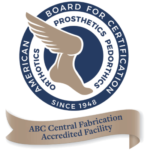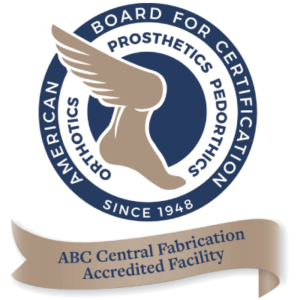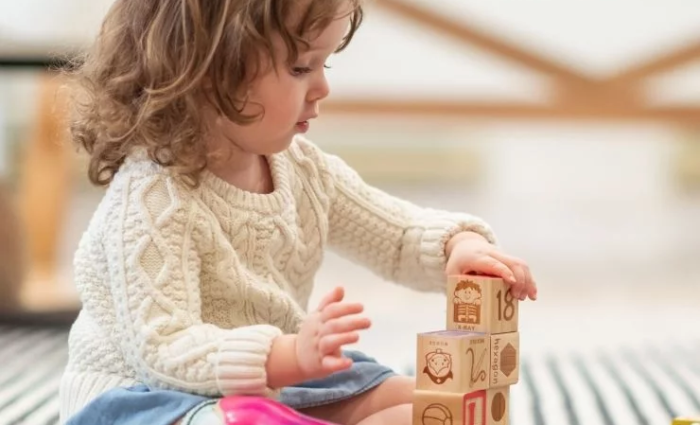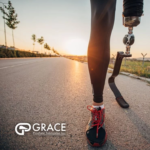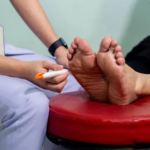How to help children get adjusted to prosthetics or orthotics.
It may be difficult for parents to help their children get used to the idea of using a prosthetic or orthotic. Understandably, parents may not have an idea of where to start. The first step to helping children regain their independence is by seeing a specialist in children’s orthotics and prosthetics.
For kids, it is one wave after another. They are still coping with the idea of having to use a prosthetic or orthotic. They also have to deal with a new prosthetic device to regain some normalcy in their lives.
Understanding Children’s Prosthetics and Orthotics
Most parents think that prosthetists only deal with fabricating an artificial arm or leg. However, they do much more than that.
Parents who bring their kids for custom prosthetics leave the clinic with peace of mind. Getting a prosthetic limb is intimidating for any child. Especially since they are still dealing with the devastating realization that they will be different from their peers.
These tips can ease out the process when children are first introduced to their new prosthetics.
Get down to their level
Do not dismiss their fears and concerns, but rather put yourself in their shoes. While children are resilient and adaptable, their appreciation of the world is different from an adult’s. For instance, a toddler might be more curious about how the device works. Older children are more anxious about being accepted by their peers because they are different.
Encourage curiosity
Children are naturally curious, especially the younger ones. We recommend parents watch YouTube videos on custom prosthetics or orthotics can help them understand what their children can expect and how to use these devices. These videos can encourage parents and children to articulate their thoughts to gain an insight into how they feel about the prosthetics or orthotics.
Stay positive
Parents should be the first to maintain faith because your child will need you to be strong. Make them see that they still have a fantastic future even if they are a little difference.
Basic care
Do not delegate primary care of your child’s prosthetic limb, especially in early use. You eventually want them to be self-sufficient with the device.
Finally, do not be afraid to ask all your questions regarding children’s orthotics and prosthetics. The doubts and fears stem from a lack of knowledge regarding central fabrication of prosthetics and orthotics.
Advanced Tips to Help Your Child Get Used to Prosthetics and Orthotics
● Anticipate all questions – Younger kids are curious and would want some answers for the most part. Therefore, you can practice how to answer your child’s possible questions about how their prosthetic device works.
● Encourage them to be open – Bullying and cyberbullying continue to affect almost 2 in 10 children in the U.S. Make sure they know that you will listen to their frustrations about having to use a prosthetic or orthotic and how to be prepared for such situations.
● Be Their Support system – While children are incredibly resilient, everyone has their bad days. That’s why it’s essential to have an active support system they can turn to when they need help. For example, the support system could be a family member of a peer group helping children cope with their prosthetic device.
You may also reach out to the Amputee Coalition to get peer support and brush up on more resource materials regarding your child’s new normal.
Central Fabrication from Grace Prosthetic Fabrication
Contact Grace Prosthetic Fabrication at 1-727-842-2265 for more information about children’s orthotics and prosthetics. Our friendly staff is on standby for your call and is prepared to fabricate custom prosthetics and orthotics for your patients.
Our team has years of central fabrication experience and is ready to make the perfect prosthetic or orthotic to assist any of you patients and improve their lives.

